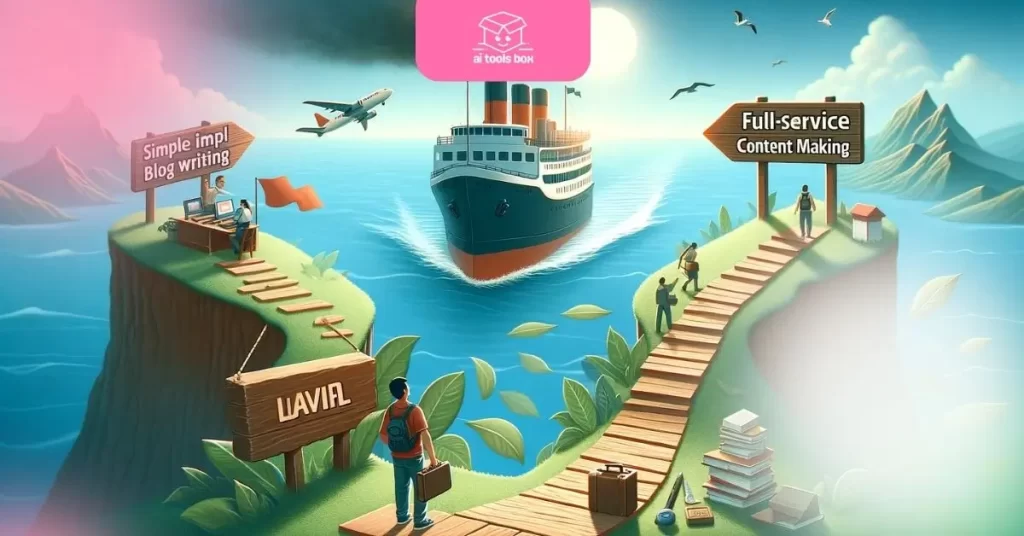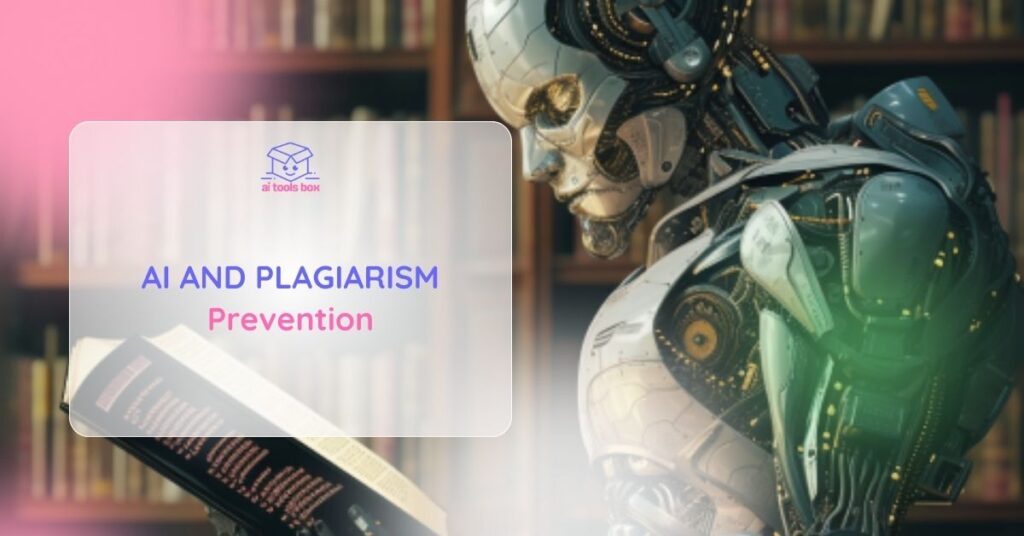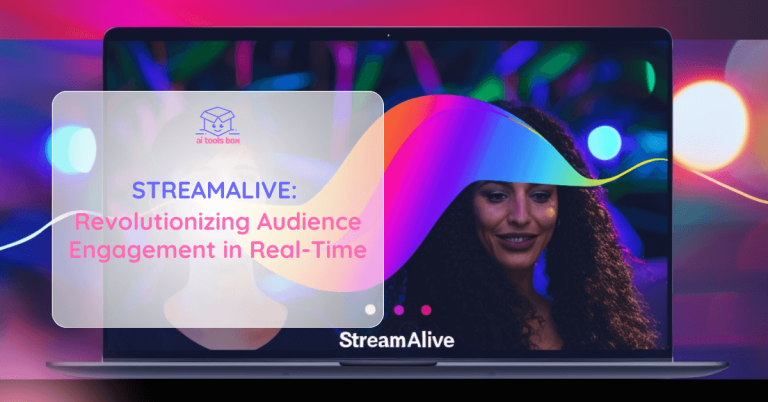In an era where content is king, the integrity of information takes center stage. AI plagiarism check tools are revolutionizing how we ensure content originality and uphold ethical standards.
Understanding the mechanics and importance of AI in plagiarism prevention is crucial to maintaining the authenticity of written works. This is not just about avoiding legal repercussions; it's about fostering a culture of creativity and respect in the digital content space.
In this article, you will learn:
– How AI plagiarism check tools function and their benefits.
– The pivotal role of original content in maintaining digital integrity.
– The broader implications of AI in content scanning go beyond just plagiarism detection.
Embark on a journey to explore how AI is shaping the future of content creation and preservation.
Understanding AI Plagiarism Check Tools

Plagiarism detection has evolved significantly with the advent of artificial intelligence (AI). Modern AI plagiarism check tools are not just about finding direct matches or similarities with existing content. They delve deeper, understanding the context, the semantics, and the unique construction of sentences. These tools use advanced algorithms and a vast database of academic papers, books, articles, and websites to ensure that the content is not only original but also authentic in its presentation.
AI plagiarism checkers operate on Natural Language Processing (NLP) principles, enabling them to interpret and analyze the text just like a human would, but with unparalleled speed and accuracy. They can detect paraphrasing, which is often overlooked in conventional plagiarism checks. This is crucial because simply rewording the content does not equate to originality. Furthermore, these tools are continually learning and evolving, adapting to new writing styles and expanding their database, making them more efficient over time.
The benefits of using AI for plagiarism detection are manifold. Firstly, they provide a quick and reliable way to ensure content integrity, which is essential in academic, professional, and creative domains. Secondly, they help maintain the credibility of individuals and institutions by safeguarding against potential copyright infringement issues. Lastly, AI plagiarism checkers are an invaluable educational tool, helping writers understand the importance of originality and improve their research and writing skills.
The Importance of Original Content in the Digital Age
The digital age has magnified the importance of original content, making it the cornerstone of credibility and success in various fields, from academia to digital marketing. Original content is not just a matter of legal compliance to avoid plagiarism; it's about adding value, fostering trust, and building a unique brand identity. In today's information-rich world, original content sets you apart, engaging your audience with fresh perspectives and innovative ideas.
For businesses, original content is the fuel for effective content marketing strategies. It drives SEO, attracts traffic, and engages customers. Search engines reward original content with higher rankings, understanding that users seek unique, valuable information. This is not merely about avoiding duplication; it's about offering something new, something that resonates with the audience's needs and interests.
Moreover, the repercussions of plagiarism go beyond legal implications; they strike at the very heart of credibility. For professionals and students, the stakes are high. Academic integrity shapes the foundation of one's future, while in the professional realm, a reputation for originality fosters trust and reliability. Plagiarism, intentional or not, can tarnish reputations, undermine careers, and erode trust.
As we explore the role of AI in ensuring the originality of content, it's vital to remember that at the core of every tool and technology is the human intent to innovate, educate, and inspire.
AI in Content Scanning: Beyond Plagiarism Detection

AI's role in content scanning transcends the boundaries of plagiarism detection, offering a more nuanced and comprehensive analysis of written material. Beyond identifying copied content, AI systems can now assess the quality of writing, gauge the tone, and even suggest improvements, making them an indispensable tool for writers, editors, and content managers.
One of the remarkable capabilities of AI in content scanning is sentiment analysis. It can understand the underlying emotions in the text, whether they're positive, negative, or neutral. This is particularly beneficial for brands looking to align their content with their audience's sentiments, ensuring that their message resonates and engages effectively.
Moreover, AI can help enhance the readability of content by suggesting language improvements, pointing out complex sentences, and proposing simpler alternatives. This not only ensures that the content is plagiarism-free but also that it's clear, concise, and accessible to the intended audience.
Furthermore, AI-driven content scanning tools are now equipped with SEO analysis features. They can suggest keywords, analyze keyword density, and even compare content with top-ranking pages, providing writers with actionable insights to optimize their content for search engines.
As we leverage AI to ensure the originality and quality of content, it's essential to remember the balance between technology and human creativity. While AI offers tools to refine and perfect our content, the creativity, empathy, and understanding of the human experience remain irreplaceable.
Best Practices for Using AI Plagiarism Checkers
Tips and Strategies for Effectively Using AI Plagiarism Checkers
- Understand the Tool's Capabilities and Limitations: Familiarize yourself with the specific AI plagiarism checker you are using. Recognize its strengths, such as the size of its database and the languages it supports, as well as its limitations, like potential blind spots for certain types of content or sources.
- Regularly Update Your Database: If the tool offers the option to add or update its database, regularly include new content. This is particularly important for institutions or organizations that want to ensure the content remains unique and protected from future plagiarism.
- Use Multiple Tools for Comprehensive Checks: No single plagiarism checker is foolproof. Consider using a combination of tools to cross-verify the uniqueness of content, as different tools might have different databases and algorithms, leading to varying detection capabilities.
- Contextual Analysis: Look beyond the percentage of similarity. Analyze whether the matched content is a common phrase, a necessary citation, or indeed, a case of potential plagiarism. Understanding the context is crucial for a fair assessment.
- Check for Paraphrasing: Some sophisticated AI tools can detect paraphrasing where the words are changed but the ideas and structure remain too close to the source. Utilize these features to ensure the originality of not just the words but also the ideas and structure.
Common Pitfalls to Avoid
- Over-reliance on Technology: AI tools are not infallible. They should not replace human judgment but rather supplement it. Always review the flagged content personally to make an informed decision.
- Ignoring False Positives: Sometimes, AI tools might flag commonly used phrases or industry-specific terminology as plagiarism. Understand that not all matches are genuine instances of plagiarism.
- Neglecting Proper Citation: AI tools might not always differentiate between plagiarized content and well-cited quotes or references. Ensure that the content includes proper citations and quotations where necessary.
- Overlooking the Importance of Data Privacy: When using online plagiarism tools, be cautious about the data you upload. Some tools store the content, which could lead to unintended sharing or duplication. Always use tools that guarantee the privacy and security of your data.
- Forgetting to Check the Results: After running the plagiarism check, thoroughly review the report. Understand the context of every match, and use your best judgment to decide the legitimacy and originality of the content.

Throughout this article, we've embarked on a comprehensive journey to understand the intricacies of AI plagiarism checkers. From the insightful tips on leveraging these tools effectively to navigating common pitfalls, we've equipped you with the knowledge to enhance the integrity and originality of your content in the digital realm.
As you continue to cultivate your writing skills and uphold the highest standards of authenticity, consider exploring advanced content creation strategies. Delving into the world of SEO-enhanced writing or content marketing could be your next pivotal step, opening new avenues for audience engagement and digital success.




